By Jeffrey R. Yago, P.E.
Summer 2019, Self-Reliance
I have talked with emergency responders who have traveled all over the country to volunteer their rescue efforts at disasters like the recent flooding in Texas. While much of the public thinks rescue efforts after hurricanes, tornadoes, forest fires, and floods involve only FEMA and the Red Cross shipping truckloads of emergency supplies, many times a large part of the initial rescue efforts are by churches and individuals. Volunteer groups like the Red Neck Navy, Citizens Assisting Citizens, and even individuals acting alone bring their own food and supplies and typically arrive days before any of the more “official” relief agencies can mobilize.
The individuals I have spoken with indicated everything they gave out was purchased from dollar-type stores they encountered along the way when traveling through areas not impacted by the disaster. They knew these stores stocked low-cost and easy-to-prepare foods that don’t need working kitchens to prepare, and that they would provide needed nourishment to people uprooted from burned-out or flooded homes. Many times, these volunteers’ emergency supplies were the only thing survivors had to eat for days.
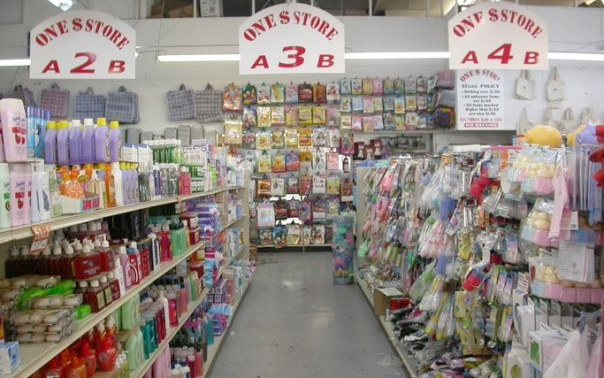
While some of us are constantly working on our own preparedness planning, many members of the general public continue with the multiple excuses as to why they have done nothing. “It’s too expensive, I do not have extra room, I don’t know what to do, it can’t happen to me, I will just come to your house for food if something happens,” and the classic — “why worry, the government will take care of us.” For anyone still making those same old tired excuses, here is an extremely easy way for you to have more than a week’s supply of emergency food for less than $25. No, you don’t need to search the Internet, order from a distant specialty warehouse, wait weeks for delivery, or spend hundreds of dollars.
My list
With the exception of the Beef Stew and Cooked Ham which I found on sale for $2 each, every item cost $1 or less:
| Nestle Coffee Mate Creamer | 6 oz. |
| Amy’s Raspberry Preserves | 12 oz. |
| Clover Valley Peanut Butter | 16 oz. |
| Smart & Simple Instant Coffee | 2.8 oz. |
| Dinty Moore Beef Stew | 15 oz. |
| Bristol Cooked Ham | 16 oz. |
| Hormel Spam Classic | 12 oz. |
| Chef Boyardee Ravioli | 15 oz. |
| Campbell’s Chile w/Beans | 16.5 oz. |
| Progresso Chicken Noodle | 19 oz. |
| Armour Vienna Bites | 10 oz. |
| Campbell’s Spaghetti O’s | 15.6 oz. |
| Dole Pineapple Chunks | 20 oz. |
| Smart & Simple Chicken Noodle | 18.6 oz. |
| Clover Valley Taco Sauce | 16 oz. |
| Healthy Harvest Baked Beans | 28 oz. |
| Clover Valley Salsa | 16 oz. |
| Progresso Chicken & Rice | 19 oz |
| Hormel Chili w/Beans | 15 oz. |
| Texas Pete Hot Sauce | 6 oz. |
| Sunny Sea Sardines | 3.8 oz. |
| Armour Vienna Sausage | 4.6 oz. |
Total cost $25
Be Prepared
You can buy every emergency preparedness item I describe and every food product I list for only $1 each, and you can find these down the street at any Dollar Tree, Family Dollar, or Dollar General store. In addition to costing only a dollar each, these items come in metal cans which will have long shelf lives and minimum contamination risk from dirty flood water, rodent droppings, or insect damage. They also come in an easy-to-open can with a pull-tab top, are precooked, and require no refrigeration, cooking, or pots and pans to prepare.
In addition to this being the lowest cost way to assemble an emergency food supply for yourself, this is also a great way for you to help others who are physically unable to prepare for themselves. Perhaps your church or civic group may want to assemble multiple care boxes filled with these products to hand out during an area disaster.
Of course, buying freeze-dried survival foods having a 25-year shelf-life and sold in large #10 cans is the ultimate way to prepare, especially for a large family, but that approach can be expensive and take lots of storage space. However, I believe anyone living alone, people on a fixed income, or those living in an apartment with no extra storage space, will find the smaller cans of precooked foods described in this article are a good low-cost alternative. This is especially true since most of these food products can be warmed over a candle or open flame or eaten cold out of the can.
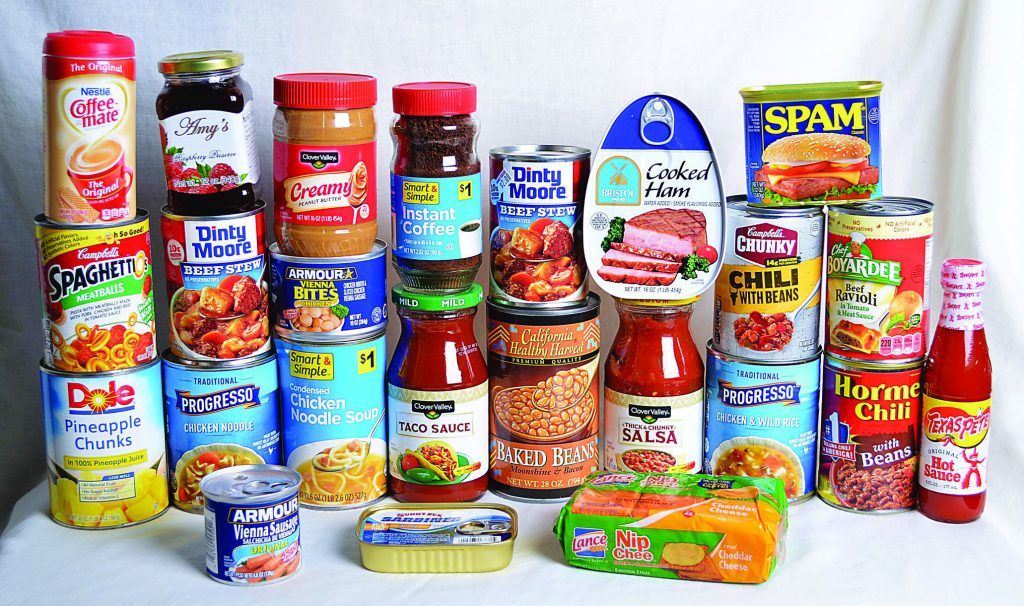
Not every store will carry every single item I list, but a little shopping around between these types of stores will locate each item. There is a wide variety of easy-to-prepare food items available for a dollar or less.
This is no time to read package labels and worry about salt, fat, chemical preservatives, or a balanced nutrition diet. You are shopping for something to eat during a disaster when there is absolutely nothing else to eat, so we want as many calories as we can get for the least cost, and hopefully not taste like cardboard. A week’s supply will easily fit in a small box stored under a bed, on a closet shelf, or in the trunk of a car if you do have to evacuate. If you want to add other items that are not on my list, make sure they are in metal cans or glass jars with easy open tops, and require no preparation other than warming over an open fire if you do not want to eat them cold.
Several of the canned goods I have included make tasty fillings when rolled up in flatbreads or spread on crackers which can be eaten without any plates or utensils. Making flatbreads or tortillas is a great skill to learn as you only need flour, a little water and salt, and a hot dry surface. In addition, a $1 bag of flour will make a week’s supply of flatbread in minutes and without the need for a mixer, oven, or bowls.
There are some great YouTube videos if you have Internet access that show how easy it is to make flatbreads out of white flour, and tortillas out of corn flour. However, I learned the hard way that corn flour is not the same thing as corn meal unless you intended to make lots of cornbread! Be sure to buy only corn flour, which is typically labeled “precooked Masa corn flour.” Cooking on a very hot and dry surface takes less than a minute after rolling the dough out very thin. In fact, flatbreads and tortillas are still the main part of every meal for millions of people across the globe and have been for thousands of years due to the simplicity to prepare and the low-cost.
Non-food items
Here are a few non-food items you should have in an emergency to make your life easier (and cleaner):
| Coated paper plates | 30 count |
| Deodorant soap | two 3.5 oz. bars |
| Wet wipes | 20 count |
| Disposable lighters | 2 count |
| 13 Gallon kitchen bags | 15 count |
| Clorox | 1 pint |
| Plastic utensils | 48 count |
| Value paper towels | 1 roll |
| Travel pack toothbrush and toothpaste | |
Total cost $8
Spices
There are a few items you can collect for free that will spice up the taste of all your stored foods. Anytime I am in a restaurant’s drive-through, if I ask the cashier for some salt, ketchup, or mustard, they typically grab a handful and toss them into the bag. I never need them all, but I know they will come in handy during an emergency.
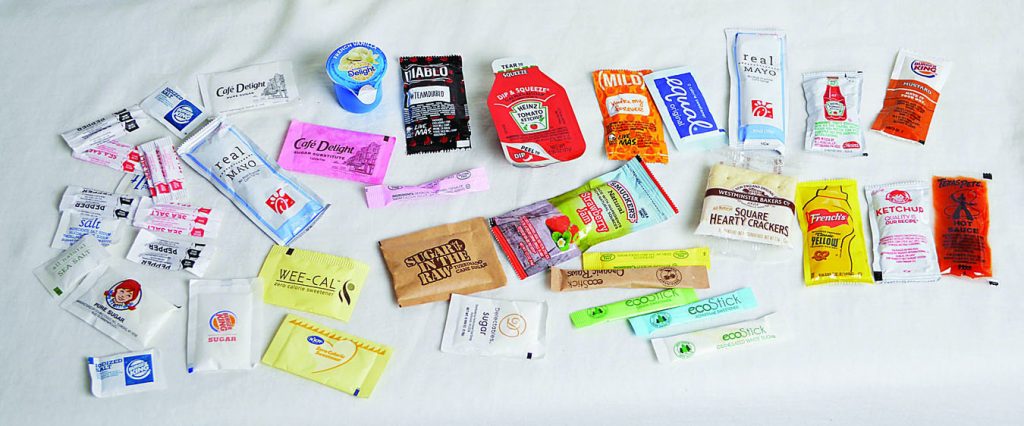
These individual packets of salt, pepper, mayonnaise, ketchup, mustard, and hot sauce are usually packaged in a foil pouch and will have a long shelf life. Interestingly, rescue agencies have found that the more traumatic the event, the spicier the food survivors crave, so don’t forget the free condiments to spice up the taste.
Water
No matter how much emergency food you store, you absolutely must have a supply of clean water to drink, and if you are on a tight budget you can do this for free. You should plan on having one gallon per person, per day of survival. Clean and fill discarded 2-liter soda bottles with “free” tap water. The bottled water that most people grab at the grocery store when a major storm is forecast is sold in very-thin-wall plastic gallon jugs which are not designed for long-term storage and will eventually leak.
Most carbonated drink bottles use a heavier plastic construction due to these drinks being under pressure, and some have a darker color which reduces algae growth. Any drink container suitable for safe storage of water or food will have a “PETE” symbol stamped on the bottom, which indicates a type of plastic that will not affect the safety or alter the taste of the contents.
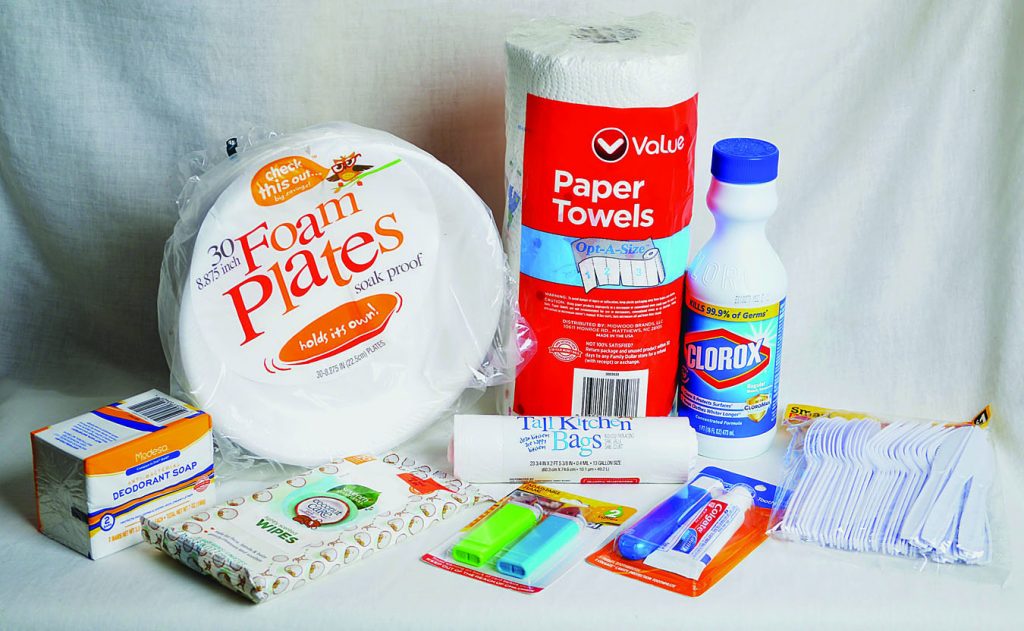
Start now!
I honestly do not know how to make emergency preparedness any simpler or less expensive. You might also want to share this article with those head-in-the-sand friends and relatives we all know that keep making excuses, or perhaps start a church or local community project to assist those more elderly members of the community. No more excuses — get started now.
Jeff Yago is a licensed professional engineer and certified energy manager with more than 40 years of solar and emergency preparedness experience. He has authored numerous articles for multiple national publications. Signed copies of his book titled “Lights On” are available from www.offgridprepper.com or by calling 804-457-9566.


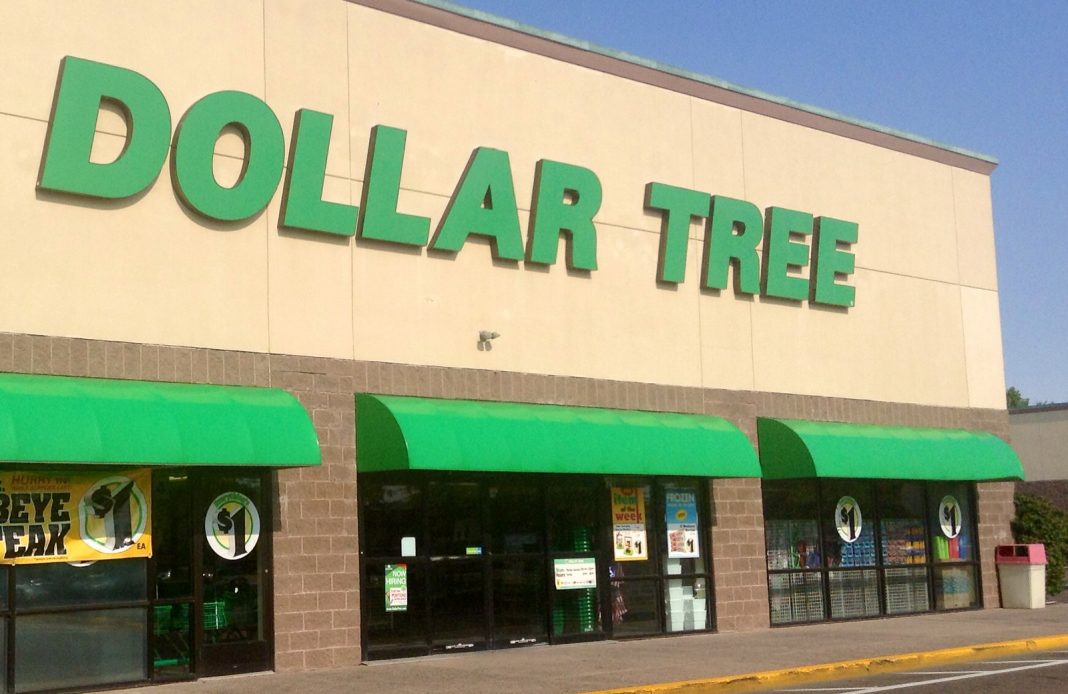








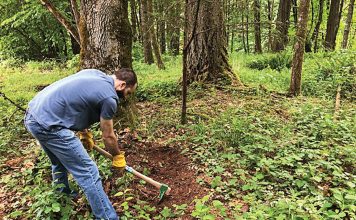


We have an 8000 watt generator which will power our whole house but will not run the central air.
But will run 2 side by side refrigerators, 2 chest freezers, bun coffee maker, well pump, microwave, TV / stereo and lights. The generator runs about 5 to 7 hours depending on how much load it is under it has a 7 maybe 8 gallon gas tank. Store it full with gas treated with Sta-bull gas treatment, start it and run for a few minutes every 60 days to be sure it will start when you need it to without trouble. Add 3 or 4 5 gallon gas cans and you can keep the fridge and freezers safe for a week or more if you manage the runs times carefully.
Jeff Yago, I worry about heat & air if power is off long term because our home is ALL electric. Plus we have 2 full freezers, one full of beef.